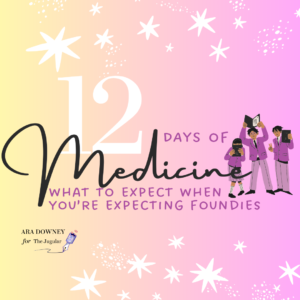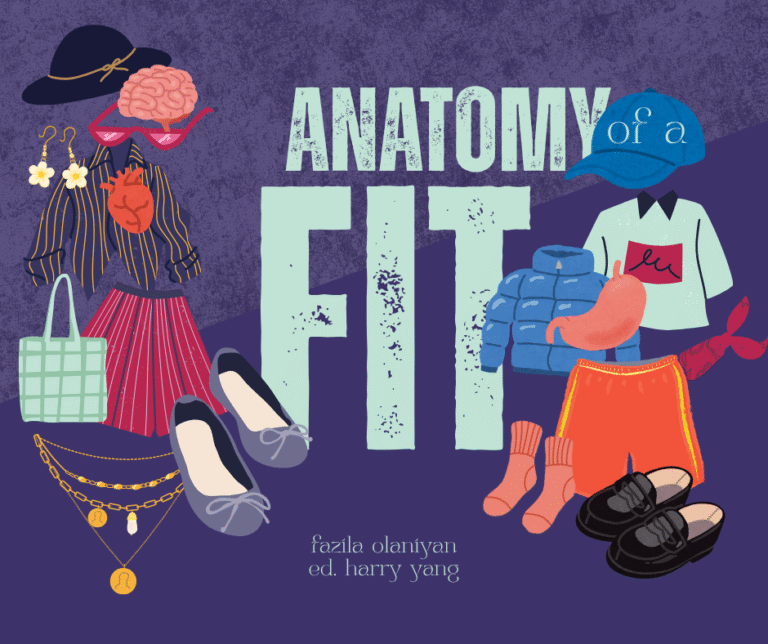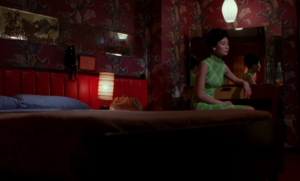
By Carolyn Wang | Edited by Ara Downey
A quick Google of “doctor” will give you the quintessential image of scrubs and a white lab coat, with a stethoscope draped charmingly around the neck. These items have become an inextricable part of the doctor’s identity, especially in the eyes of the media and our patients. But how did we evolve into this ensemble? What came before the Figs and Litmanns? And how do these medical uniforms fare when assessed for aesthetic, functionality, and most importantly, professionalism?
(1) No uniform
For the majority of history, there was no dedicated medical uniform. Physicians typically practiced in ordinary clothing, exposed to the guts and entrails of their patients – and worst of all, bloodstains. Due to the impracticality and “unsightliness” of stained and spattered clothing, some adopted aprons as a primitive form of protection. These aprons were occasionally borrowed from butchers, and while I cannot speak for the dead, it’s no stretch to conclude that any living patients may have felt like livestock in a human abattoir.
During the period of the Black Death across Europe, some doctors also used cotton or linen to cover their mouths and noses to reduce the risk of infection, as it was thought that this would prevent the “bad air” from entering the body and causing disease. The look? Minimalism at its finest. The protection level? Minimalistic at its worst. In Italy, 20 out of 24 physicians died during the outbreak of the plague. From a strengths-based approach, that’s a 1 in 6 chance of surviving!
Aesthetic: ★½☆☆☆
Functionality: ★☆☆☆☆
Professionalism: ★☆☆☆☆
(2) The Plague doctor’s costume
Perhaps one of the most recognisable historical costumes, the plague doctor’s ensemble is truly mythical – literally. Contrary to the widely-circulated myth, there is no evidence to support the use of the beak mask costume during the Black Death or Middle Ages, where its use is commonly attributed in media. The true origins of the costume are unknown due to the majority of depictions coming from satirical works, such as the popular 1656 engraving done by Paulus Furst, titled “Der Doctor Schnabel von Rom” (The Plague Doctor from Rome). However, the development of the costume is most commonly attributed to French physician Charles de Lorme in the 17th century.
The look is a captivating culmination of dapper gentleman and corvid humanoid, including sweeping waxed robes, the iconic mask with glass eyes and a beak, and a leather hat to round off the ensemble. Not only did these garments offer form (of an amorphous bird), but they also featured attempts at functionality. The beak would often be filled with dried flowers and herbs to ward off “miasma” – a term referring to the bad air that was believed to cause disease. Unsurprisingly, the lavender and peppermint did little to prevent infection, news that some essential oil enthusiasts may find deeply upsetting. Yet in a spectacular case of wrong formula, right answer, the costume likely did provide doctors with some protection by preventing contact with infectious fluids from the patient, as well as the fleas which carried the plague.
While I’m not sure this is hospital-appropriate attire in the modern day, the Plague doctor’s costume definitely wins points on the professionalism aspect. The wide-brimmed leather hat indicated their profession as physicians – an item analogous to the contemporary doctor’s stethoscope. One wonders if they donned their hats when going to the markets to get a health worker’s discount…
Aesthetic: ★★★★★
Functionality: ★★½☆☆
Professionalism: ★★★★☆
(3) The White Coat
White Coat Syndrome is a phenomenon where blood pressure readings taken in a medical setting are elevated compared to non-medical environments. As heart-wrenchingly interesting as hypertension is, I’m more curious regarding the naming of this phenomenon, which arises from the concept of healthcare professionals wearing white coats.
Historically, the transition to wearing white attire has been relatively recent. Physicians more commonly dressed and were depicted in black clothing, which was considered befitting for the serious and formal nature of medical encounters. Another proposed reason for the choice of black attire was the patient’s perspective of having to seek out a doctor being the precursor to death. Up until the late 1800s, medical encounters rarely brought good news for the patient, with one assessment of historical medicine noting that “it entailed many worthless cures and much quackery”.
The ushering of white as the new colour of medicine in the late 19th century was a symbol of the field getting its ducks in a row, with not only doctors, but also assistants, nurses and the patients themselves swathed in sheets of white. This new image suggested a sense of cleanliness that stemmed from developments in the realm of bioscience and increased understanding of methods of preventing contamination.
Today, the white coat has endured as an important symbol of medicine. In many medical institutions, the long white coat represents the transition from medical student to qualified physician, carrying the values of professionalism and trust. From a patient’s perspective, the white coat is an indicator of competency, as an individual seen wearing one in a hospital is assumed to be a medical professional. However, this brings us back to the phenomenon mentioned at the beginning. The image of the white coat can be viewed as intimidating for some patients, with certain specialties such as pediatrics and psychiatry forgoing the impersonal, clinical uniform. The symbolism of the white coat continues to evolve, now becoming a staple in the pub crawl uniform! It remains to be seen what other meanings the white coat will take on…
Aesthetic: ★★★½☆
Functionality: ★★★☆☆
Professionalism: ★★★★½
(4) Scrubs
A uniform so iconic it’s got its own American medical sitcom, scrubs are the divining marker of being a medical professional. While I’m sure we’re all quite familiar with what scrubs look like, here are some fun facts regarding their lore!
In a moment of history repeating itself, white uniforms began to fall out of favour due to the starkness of bloodstains, which were often unsettling for patients and their families. Furthermore, the whiteness of uniforms and operating rooms combined with bright lights was believed to cause eye strain – truly a problem that has plagued humankind throughout the ages. This resulted in the movement to green scrubs in the 1960s, providing contrast and helping to hide bloodstains.
Naturally, unlocking one colour of scrubs was never going to be enough. The colour selection has expanded over time to include navy blue, light grey and other staples such as chalk pink, sunset drift and indocyanine green (all real options on the Figs website – not sponsored).
Essentially pyjamas with sterile benefits, scrubs are the ultimate work uniform. Not only are they protective against fluid contact, but they also offer comfort and style. With the added benefit of social prestige when you’re running errands or making the inevitable trip for coffee, it’s no wonder they’ve cemented themselves as the medical uniform.
Aesthetic: ★★★★★
Functionality: ★★★★★
Professionalism: ★★★★★















































































































